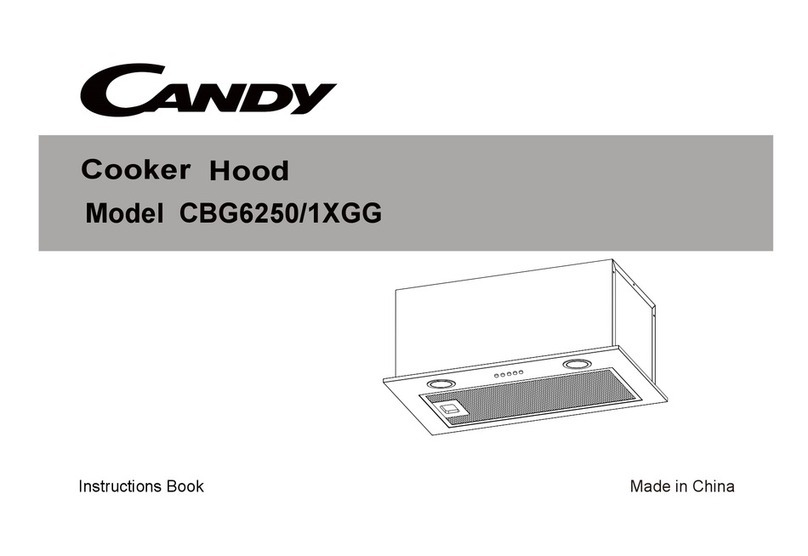Candy CCC 60BA/1 User manual
Other Candy Ventilation Hood manuals

Candy
Candy CVMI900X User manual
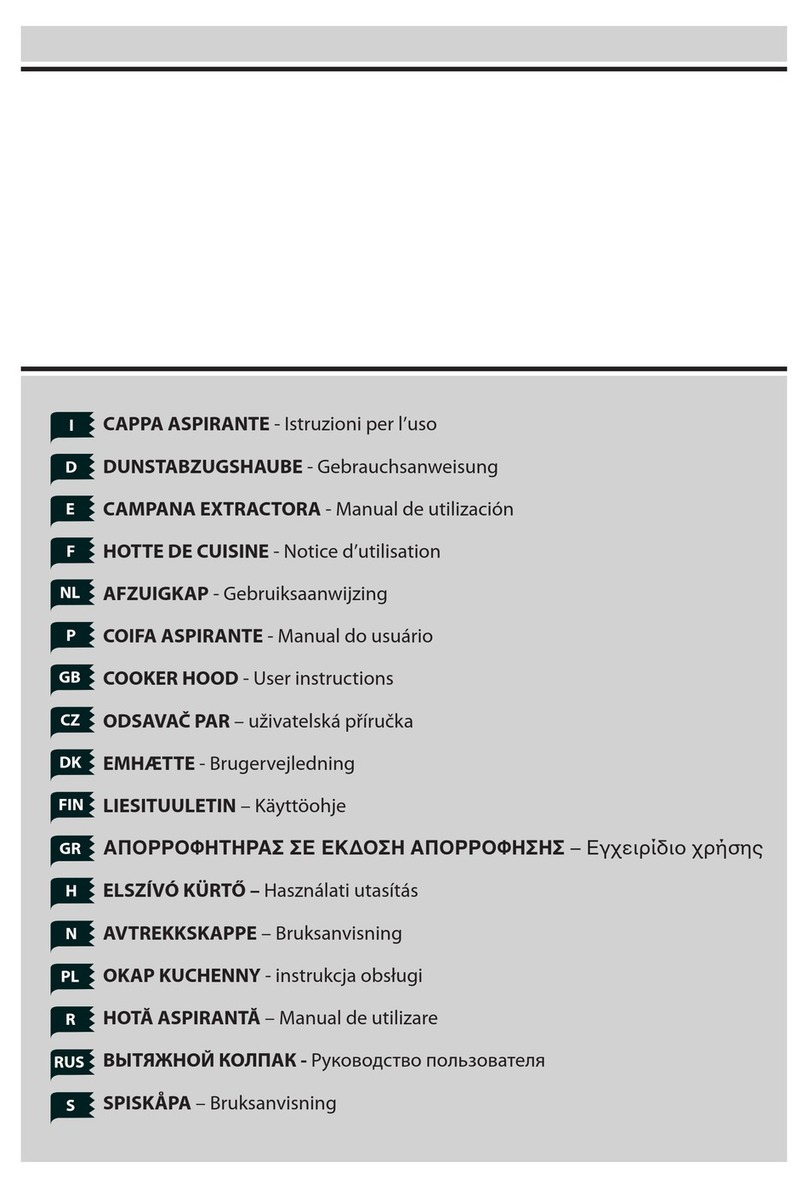
Candy
Candy CE 61 X User manual

Candy
Candy CBG620/1X User manual

Candy
Candy CBT625/2B User manual
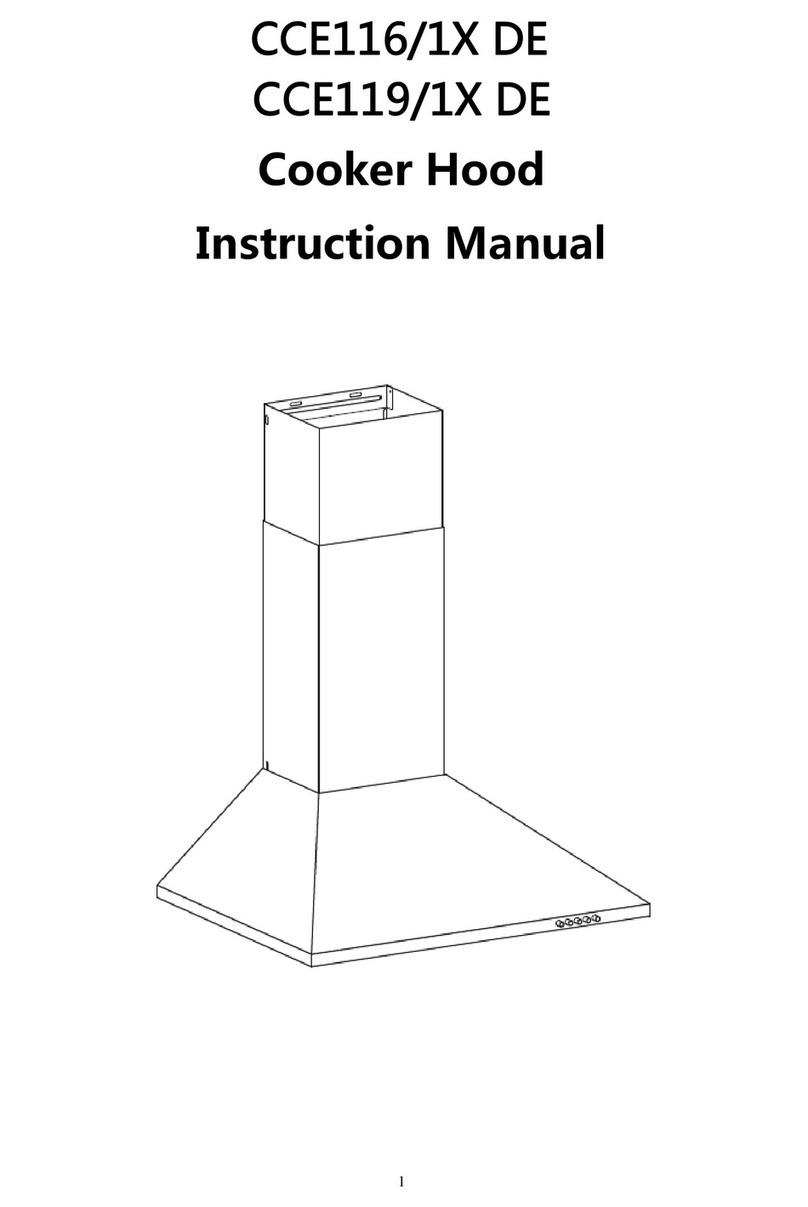
Candy
Candy CCE119/1X DE User manual

Candy
Candy CCT 67 User manual

Candy
Candy CMB655XGG User manual

Candy
Candy CCC 60BA User manual

Candy
Candy CBG 640 User manual

Candy
Candy CCE116/1XGG User manual
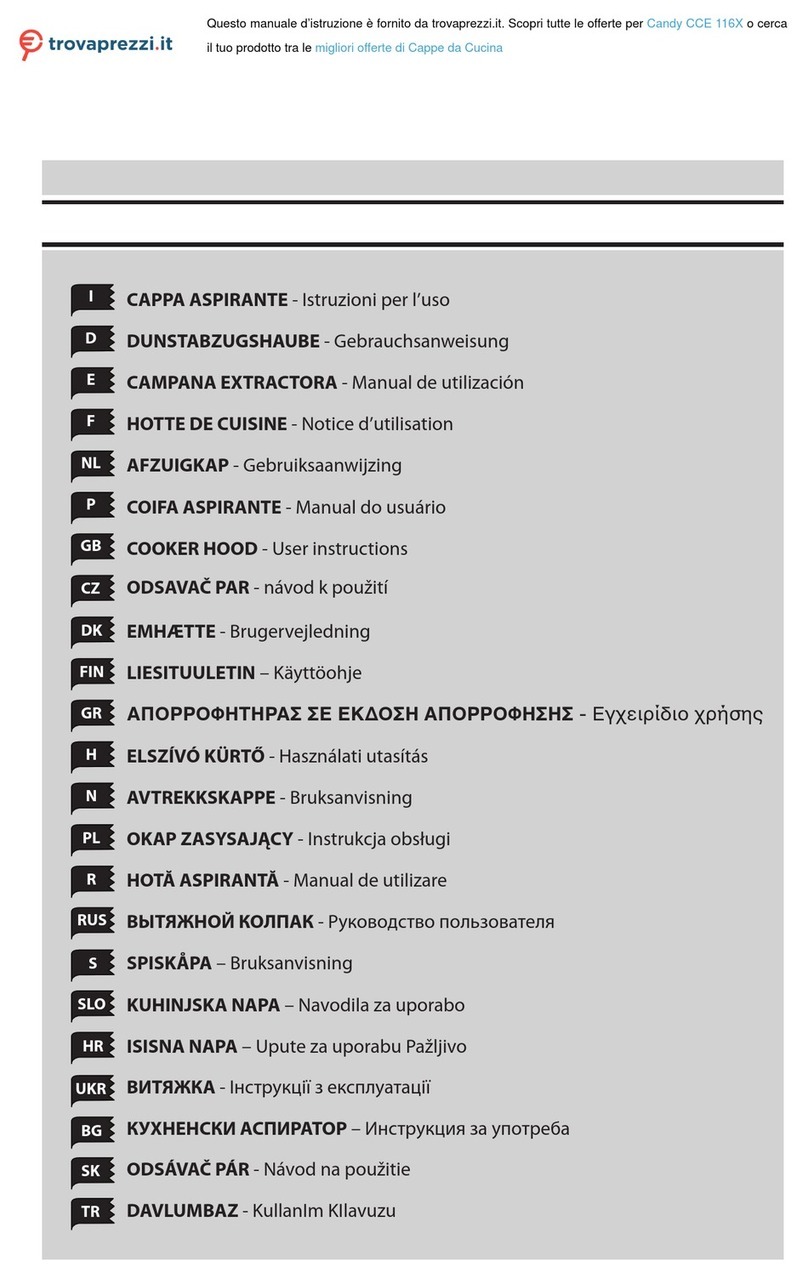
Candy
Candy CCE 116X User manual

Candy
Candy CBT9240/2X User manual

Candy
Candy RHT625RB User manual

Candy
Candy CBG625/1XGG User manual

Candy
Candy CVMA90N User manual

Candy
Candy CBT625/2X User manual

Candy
Candy CGM 91 User manual

Candy
Candy CCR616/1X User manual
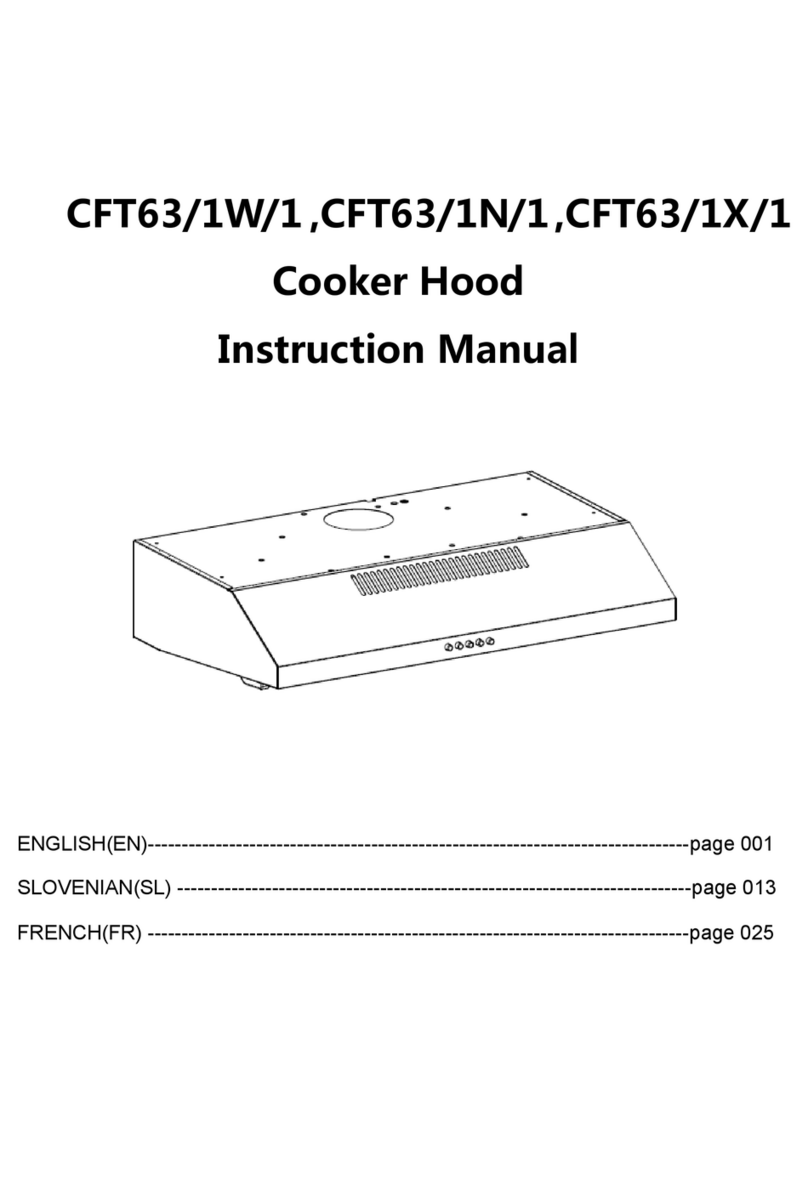
Candy
Candy CFT63/1W/1 User manual
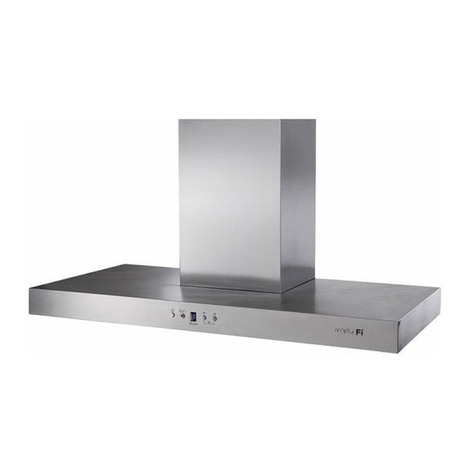
Candy
Candy CMB97SLX WIFI User manual
Popular Ventilation Hood manuals by other brands

Gorenje
Gorenje S3 IHGC963S4X manual

KOBE
KOBE ISX2136SQB-1 Installation instructions and operation manual

U.S. Products
U.S. Products ADVANTAGE-100H Information & operating instructions

Kuppersberg
Kuppersberg DUDL 4 LX Technical Passport

Framtid
Framtid HW280 manual

Thermador
Thermador HGEW 36 FS installation manual
